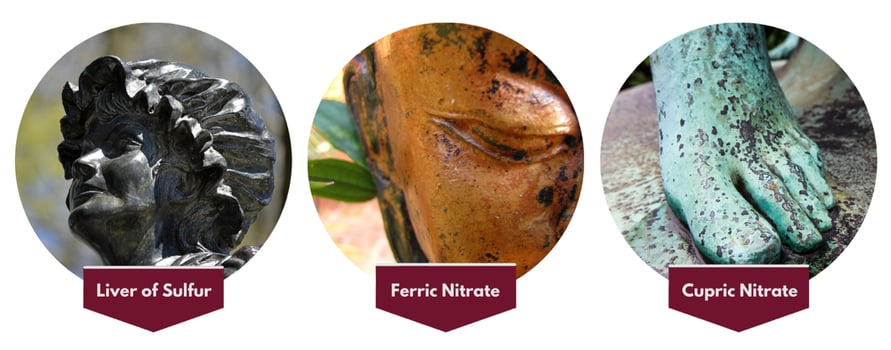When it comes to honoring lost loved ones, many families choose traditional granite memorials, while others may choose bronze.
A bronze plaque can be used as a memorial or be placed on any type of granite headstone or cemetery monument to create a beautiful and enduring piece of art.
Here at Milano Monuments, we use only the most respected bronze casting companies to create the molds, pour the bronze, paint and add the finishing touches, assuring the highest quality materials and workmanship.
If you’re in the process of purchasing a memorial and are interested in bronze, there are a few items to consider when it comes to this material as you make your final decision.
Continue reading to learn three facts about bronze memorials and some tips to properly clean them.
Bronze Memorials Require a Mold
As with granite cemetery monuments, bronze cemetery monuments will last thousands of years with almost no degradation. However, the ability to be creative with bronze memorials is limited.
Since an expensive mold is required to create a customized bronze cemetery monument, most families select a stock style and have their loved one’s name, dates and a stock design (a heart or cross, for example) applied to it. While it is possible to be creative, keep in mind there are limits in the ways you can personalize it.
All Bronze Patinas
Have you ever wondered why the Statue of Liberty is green? That’s because she is made of bronze, which will patina at some point—this means it will eventually turn green. Don’t worry, bronze is supposed to do this.
Patina is the result of a chemical reaction with the copper in the bronze that changes the surface color. Patina can be natural, man-made or both. Different chemicals react with bronze to achieve different colors. Some of the most common patina colors used to achieve a variety of artistic effects include:
- Liver of Sulfur. This results in a golden-brown, almost black color.
- Ferric Nitrate. This results in golds, browns and reds.
- Cupric Nitrate. This results in greens and blues.

Bronze is called the eternal metal because the patina protects the metal, making it last forever.
Cleaning Bronze Makes It Last Longer
Although we use high-quality materials when working with bronze memorials, there still comes a time where these beautiful bronze plaques and memorials need a good cleaning. Bronze can be maintained by washing, drying thoroughly and finishing it off with a wax at least once a year. Follow these steps to properly clean your bronze memorials:
- Remove any dust or loose debris. This should always be your first step when cleaning any type of memorial or statue—bronze or granite.
- Dry the memorial. Ensure that any residual debris or water is no longer on the memorial.
- Apply a clear coat of wax. This helps protect the finish from further tarnishing. A car wax like Meguiar's works well. Follow the instructions on the bottle to apply.
Following these steps will help any bronze memorial keep its shine and rich golden color for a longer time. Note: If your bronze memorial has already started to patina, it must be professionally restored at a bronze foundry. Need help cleaning or restoring your loved one’s bronze plaque or memorial? Contact our team of specialists for help.
Subscribe to Our Blog for More on Bronze Memorials
Whether you’re looking for more information on bronze memorials or are interested in learning about other headstone options, our blog has you covered. Subscribe today to get helpful posts on memorialization, like this one, straight to your inbox.





